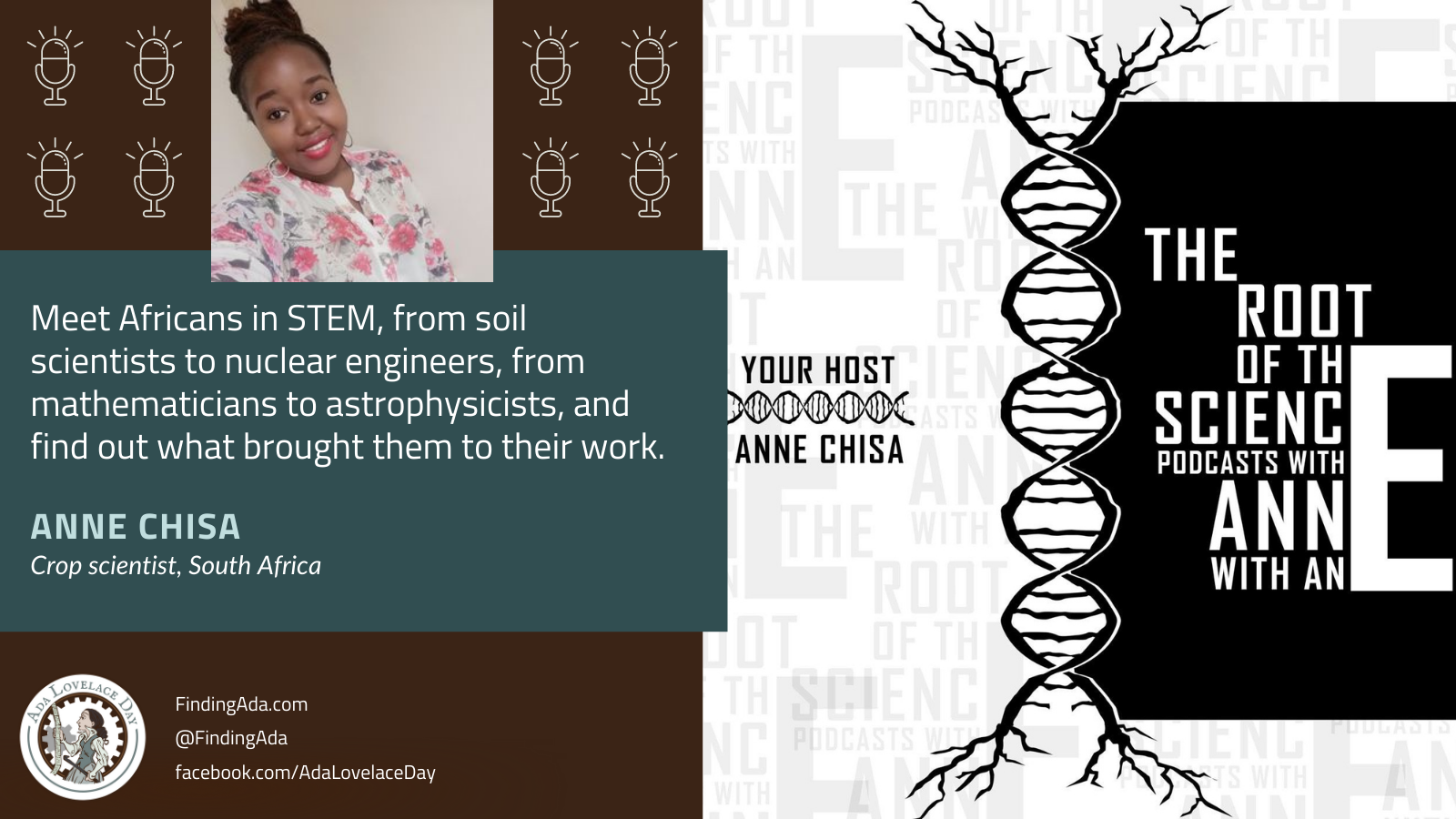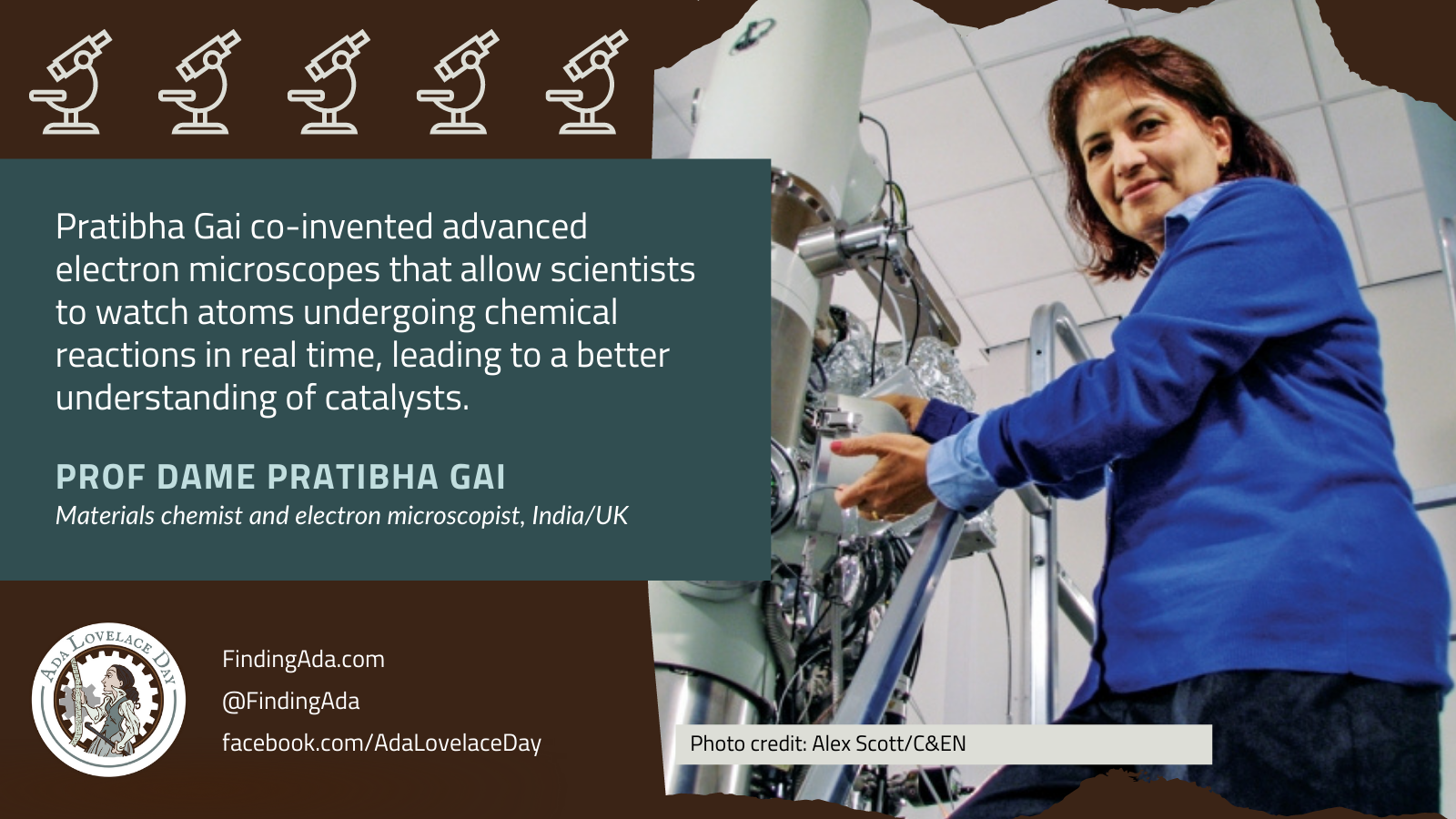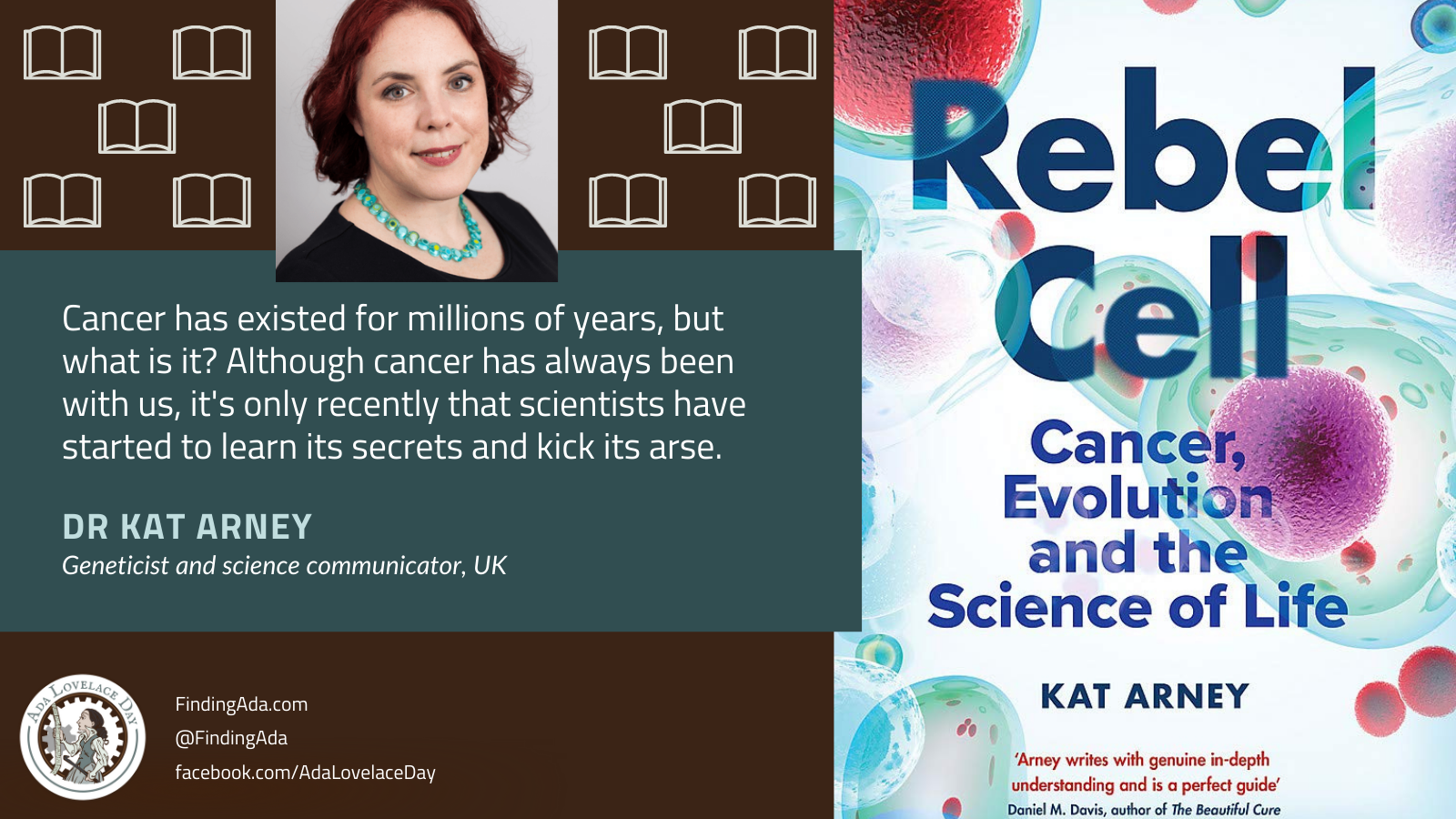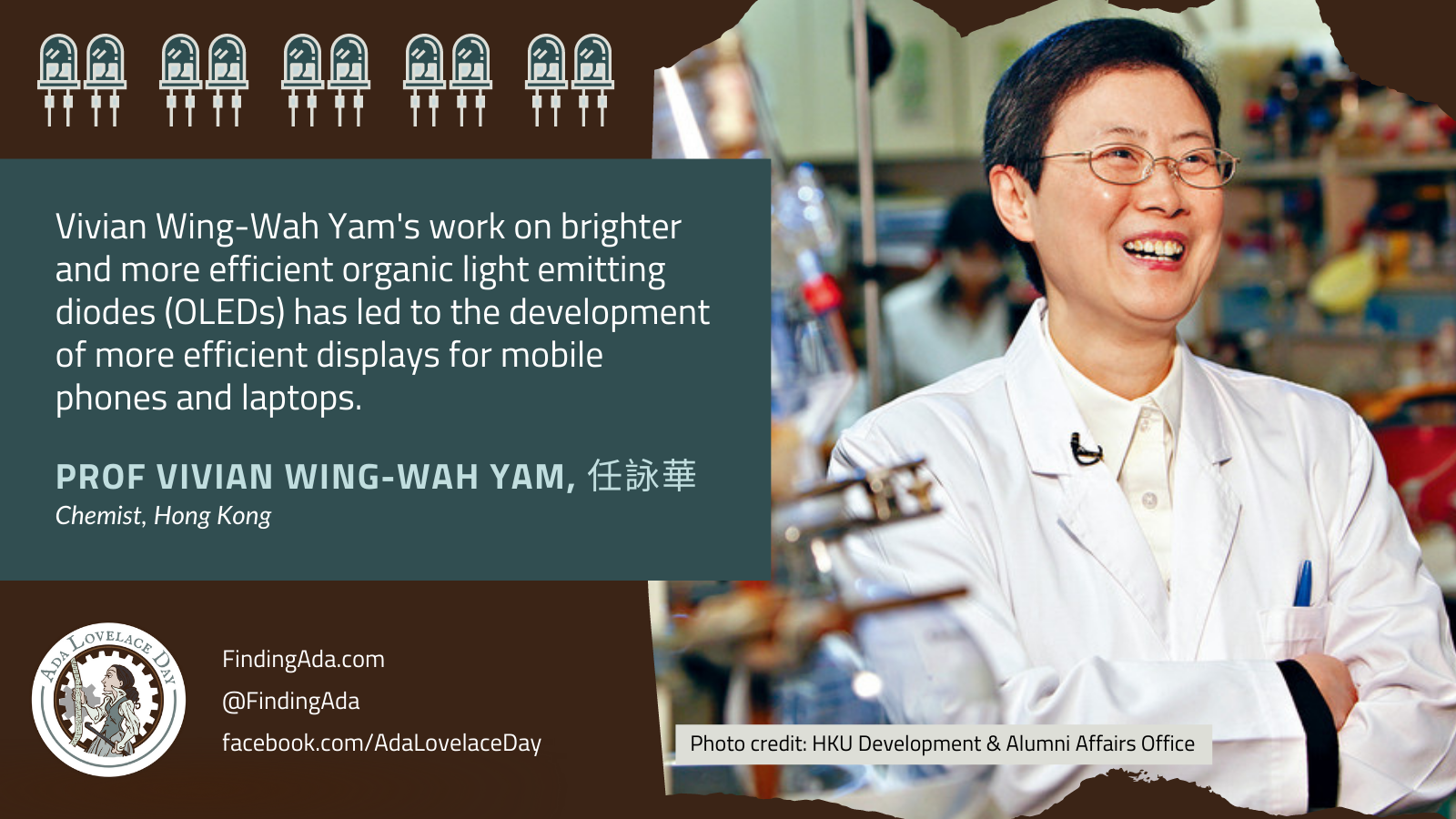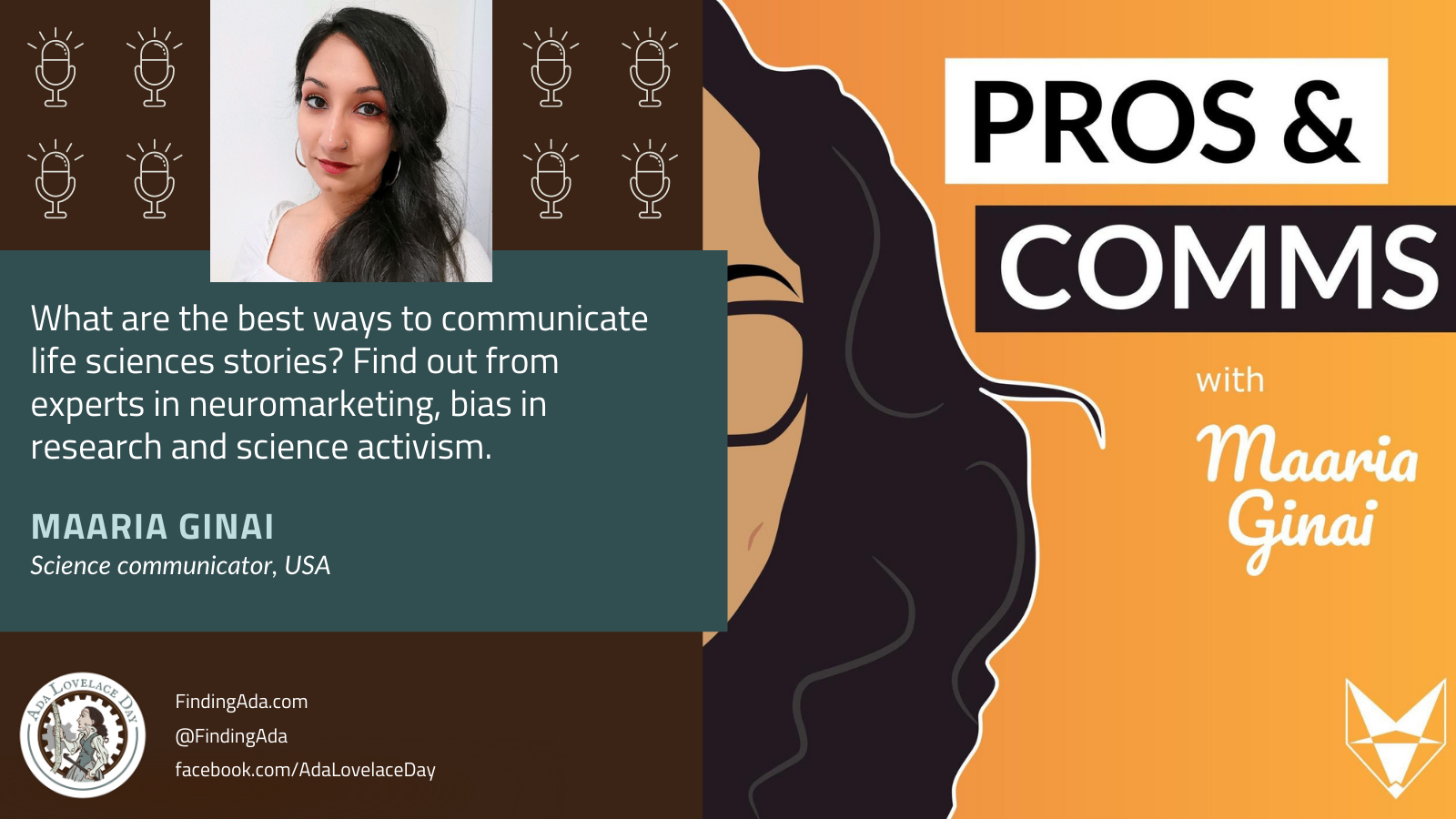The Root of the Science, Anne Chisa
The Root of the Science Podcast airs every Monday. Host Anne Chisa, aka Anne with an E, interviews guests from around the world, highlighting the work of Africans in STEM and giving them the opportunity to tell their stories in their own voice, and to talk about their research or projects. Chisa finds out why they got into STEM (the ROOT of their science) and has in-depth conversations about their lives, both in and away from the science.
Recent episodes feature:
- Sandiso Ngwenya, PhD student in chemistry, who describes her love of beauty, the stereotypes of what female scientists are supposed to look like and how women such as herself are changing that;
- Tracy Vongai Mapfumo, a passion-driven entrepreneur, food innovator, crop scientist;
- Dr Cosnet Lerato Rametse, a clinician scientist, MD & PhD candidate in immunology, and her passion for pathology; and,
- Faith February, PhD mature student in oceanography at the University of Cape Town who is researching the effects of atmospheric aerosols on climate change.
You can follow her work here:
Twitter: @Annelinda_c and @RootofSciPod
Facebook: facebook.com/anne.chisa
Instagram: @rootofscipod
LinkedIn: linkedin.com/in/anne-chisa
Website: linktr.ee/RootofSciencePodcasts
